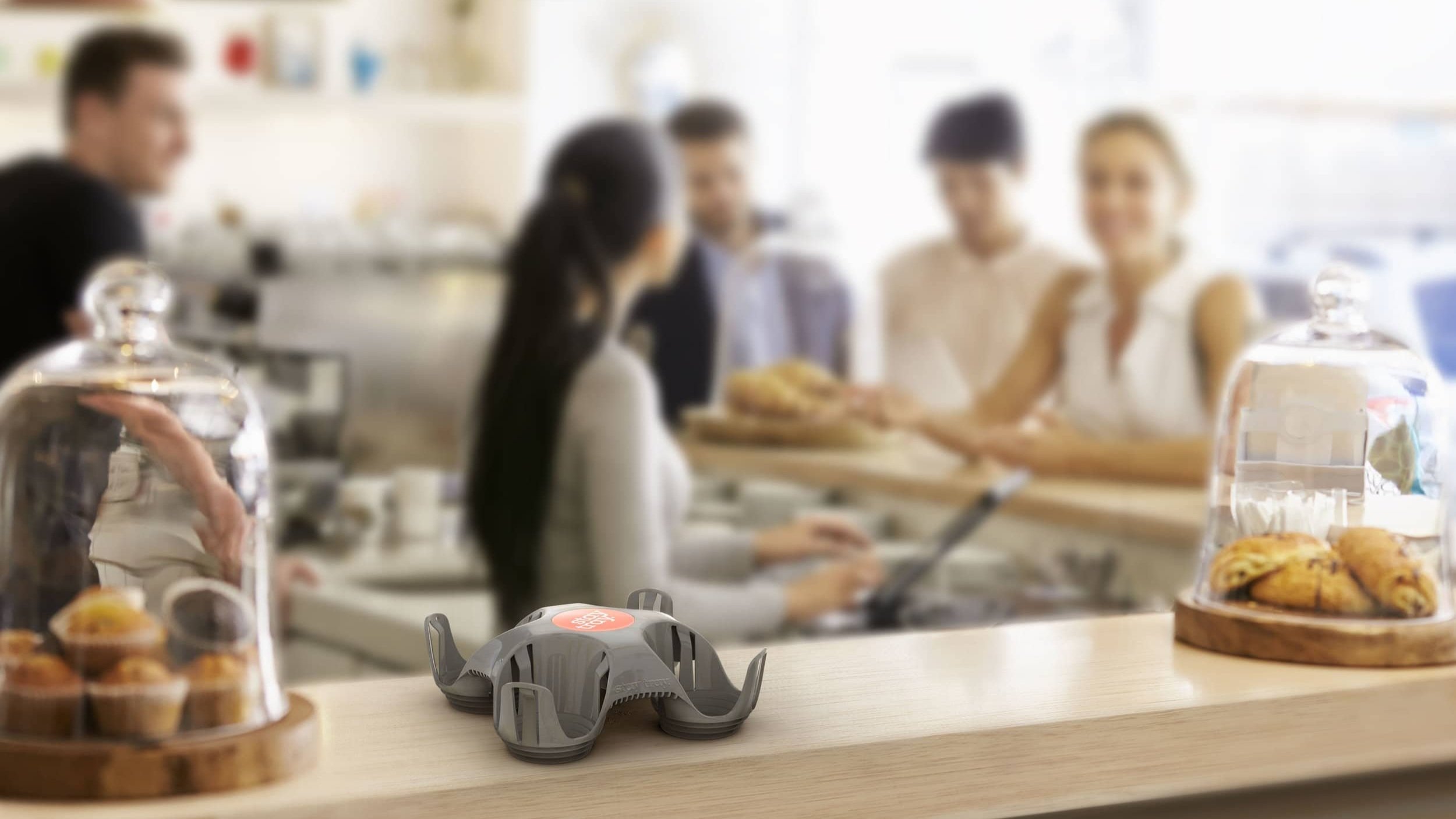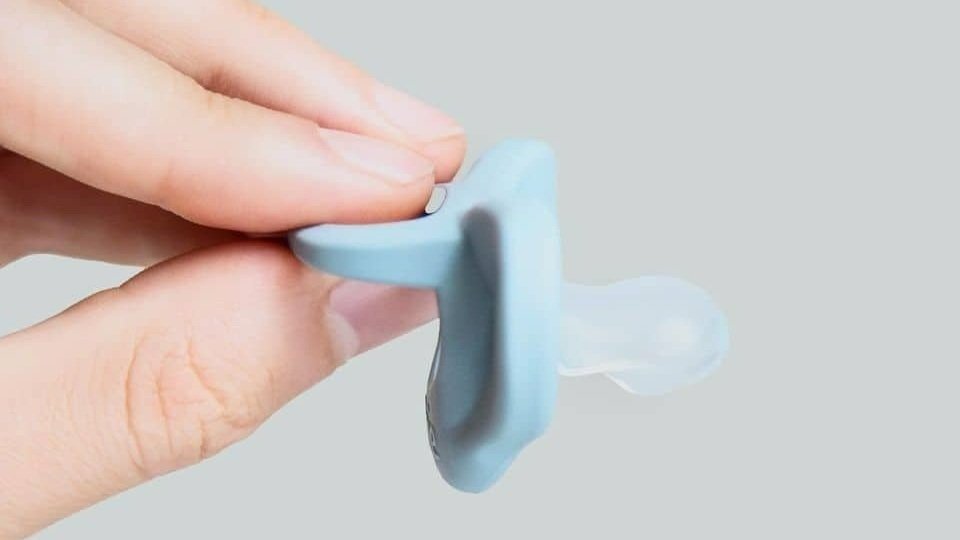2024's Biggest Product Design Trends
With AI and digitisation expected to exponentially increase productivity, 2024 is shaping up to be a big year. Customers are increasingly seeking products that not only look good but also offer convenience, sustainability, and innovation—and solve both personal and collective problems.
Analysing and understanding trends allows you to invest in quality product design, giving you a competitive edge, higher customer satisfaction and increased sales and profits. Additionally, it can help you stay relevant and capitalise on emerging opportunities.
Let’s have a look and see what’s in store for 2024!
1. Sustainable Design
With increasing environmental consciousness, sustainable design will continue to gain traction. Customers are actively seeking products that minimise their ecological footprint, such as those made from recycled materials, using renewable energy sources, or designed for longevity. Integrating sustainability into product design can not only attract environmentally conscious consumers but also lead to cost savings and improved brand reputation.
Take a look at our sustainable product designs
Uppercontainer, an eco-friendly, reusable takeaway solution
Stay Tray, Australia's only reusable drink tray made with 100% recycled materials (Pictured above)
2. Personalisation and Customisation
In an era of personalisation, customers are increasingly seeking products that cater to their individual preferences. By leveraging technologies such as 3D printing and mass customisation, businesses can offer customisable products at scale. This trend allows customers to have a unique product tailored to their specific needs while also providing businesses with a competitive advantage and increased customer loyalty.
To find out more about our customisable product experience, check out Form Prosthetic Covers, beautiful in form, and versatile in fit.
3. Inclusive and Accessible Design
In 2024, inclusivity and accessibility are slated to be at the forefront of product design. Designers may aim to create products that cater to a diverse range of users, considering factors such as age, ability, and cultural differences. This trend reflects a commitment to making products more user-friendly and accommodating for a broader audience.
4. Virtual and Augmented Reality Integration
As technology continues to advance, product designers will explore integrating virtual and augmented reality features into their designs. This will include immersive user experiences, augmented product information, or virtual try-on features for items like clothing or home decor. The goal is to enhance user engagement and provide unique, interactive experiences.
Designed to bridge the gap between children’s traditional play equipment and adult exercise equipment, check out HonePD’s playground equipment project for local parks and community spaces in Melbourne.
5. Minimalistic and Functional Design
Minimalism is a timeless design approach, but in 2024, it will continue to evolve with a focus on functionality. Products that feature clean, simple aesthetics combined with innovative and purposeful functionalities will dominate the market. The emphasis will be on removing unnecessary elements while maximizing the product's usability and practicality.
Take a look at our minimal and functional product design project The Halo by Dermal Hub, face protection from the sun’s harmful UV rays.
6. Biomimicry Design Elements
Biomimicry, which uses natural elements and patterns to influence design, will continue to gain prominence in 2024. Organic shapes, natural materials, and colours inspired by nature will entice consumers as many people believe that these elements enhance well-being and connection to the natural world.
See how HonePD created the Koala Dummy, a thoughtfully designed anti-reflux baby soother. (Image below)
Why Are These Trends Important?
These product design trends will have, or continue to have, a profound impact on the market. Businesses that embrace these trends and adapt their strategies accordingly will be well-positioned to succeed. Here are some strategies to help you navigate this ever-changing landscape and position your business for success:
✔ Invest in Research and Development
Stay informed about emerging trends and technologies by investing in research and development within your market and industry. This will allow you to anticipate customer needs and preferences and proactively incorporate them into your product design strategies.
✔ Collaborate with Design Experts
Engage design experts like HonePD who understand the latest trends and can help you translate them into effective product designs. Partnering with professionals who have the knowledge and expertise in your industry can give you a competitive edge and ensure that your products align with market expectations.
✔ Embrace Sustainability
Incorporate sustainable design practices into your product development process. This could involve using eco-friendly materials, reducing waste, implementing recycling programs, or exploring renewable energy sources. By embracing sustainability, you can attract environmentally conscious consumers and build a positive brand image.
✔ Your Supply Chain
To meet the demands of evolving product design trends, businesses need to ensure seamless integration between design, manufacturing, and supply chain activities. Collaboration and communication between these functions are critical to minimise lead times, reduce inventory costs, and respond quickly to market changes.
✔ Adopt Flexibility and Agility
As product design trends evolve, businesses must be prepared to adapt their manufacturing and supply chain processes quickly. This may involve investing in scalable infrastructure, implementing agile manufacturing practices, or fostering relationships with flexible suppliers. By being responsive and adaptable, businesses can capitalize on emerging opportunities and maintain a competitive edge in the market.
Conclusion
As we look towards the future, product design will continue to play a pivotal role in shaping the market across industries. By investing in research and development, collaborating with experts, and adapting manufacturing and supply chain processes, your business can position itself for success in 2024 and beyond.
Let HonePD help you with your next project! Contact us here.



